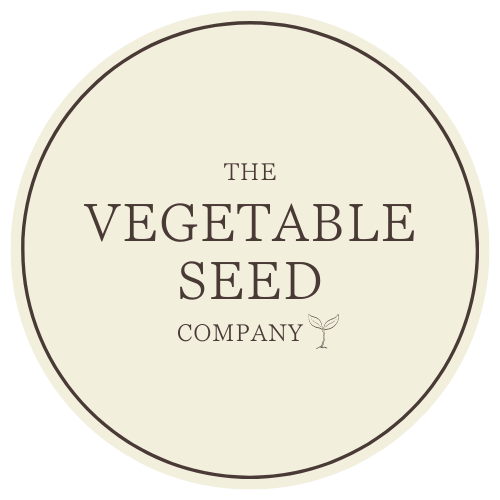Collection: Parsley Seeds
Perfect in sauces, salads, butters and as a garnish to many dishes, parsley is one of our most popular vegetable seeds and is a firm favourite amongst those who grow vegetables and herbs in their garden.
Parsley is a hardy biennial plant that thrives in various climates. Whether you're an experienced gardener or a novice, parsley seeds are straightforward to grow in gardens, pots, or even indoor containers on a sunny windowsill.
Our seeds are meticulously selected to ensure a high germination rate, giving you an abundant, green harvest.
Browse our wide range of parsley seeds below. Whether you are looking flat leaved varieties or those with curly leaves, we've got you covered.
No products found
Use fewer filters or remove all
Types Of Parsley Seed
French Parsley
French Parsley, also known as Curly Leaf Parsley (Petroselinum crispum), is a widely grown and popular variety. It is characterised by its bright green, curly leaves, and is often used as a garnish due to its attractive appearance. However, it has a nice flavour and can be used in various culinary applications.
Flat-Leaf Parsley (Italian Parsley)
With flat leaves, this variety of parsley resembles cilantro. With a stronger flavour when compared to curly parsley, this is often a preferred choice for cooking.
Hamburg Parsley (Root Parsley)
With large parsnip like roots and flat leaves this variety is similar to flat leaved parsley, but the roots have a distinct parley like flavour with a hint of parsnip.
What Season Do Parsley Seeds Need to Be Sown
Ideally, the best time to sow parsley seeds is early spring. You can start planting them indoors up to six weeks before the last expected frost!
In modular trays, start sowing parsley seeds that are to be kept indoors. This should be done before the last frost and a light layer of compost should be used to lightly cover the seeds. This will mean they are ready just in time for the summer months. When sowing, place the seeds thinly in shallow drills to ensure even spacing.
Parsley seeds are known for being slow to germinate, so it's best to keep the soil moist and cover these trays with cling film to help them retain moisture. Lukewarm water can help speed up germination.
Once seedlings have developed, they can be transplanted outdoors in well-drained soil in partial shade or full sun.
Looking after Parsley Seedlings & Parsley Plants
If you've planted your parsley seeds inside first, once they have a few set of true leaves, it's time to transplant them into large pots or garden beds. When planting, space the young plant about 6-8 inches apart to allow for growth.
When picking the perfect spot in your garden, ensure the area receives semi shade or full sun as these little plants need a lot of sunlight daily.
It is in well drained soil that has been enriched with compost that these plant seedlings thrive the most. Keep the soil consistently moist but not waterlogged. Water the seedlings regularly, especially during dry weather, to prevent them from drying out.
Care for Parsley Plants
If your plants are becoming too crowded, thin out the plants as this promotes air circulation and reduces competition for nutrients.
Parsley plants like to be kept moist, so constantly maintain the levels and keep the soil evenly moist.
Every 4-6 weeks, feed the plants a balanced fertiliser to encourage new growth.
If leaves turn yellow, that's a sign of pests or diseases. It's always best to monitor plants to prevent any damage and keep them healthy.
Once ready, you can harvest fresh leaves regularly by cutting outer leaves at the base to encourage new growth.
For year-round growth, parsley can be grown indoors in pots. Place them on a sunny windowsill and water regularly.
How To Sow Seeds Thinly
To sow parsley seeds thinly, begin by preparing shallow drills in well-drained soil or modular trays filled with seed-starting mix.
Scatter the seeds lightly along the drills, aiming for an even distribution to avoid overcrowding. Cover the seeds with a light layer of soil, about 1/4 inch deep, and gently pat down.
Water the area gently with lukewarm water to keep the soil moist but not waterlogged. Thinly sown seeds ensure better air circulation and space for each seedling to grow, promoting healthier and more robust plants.
